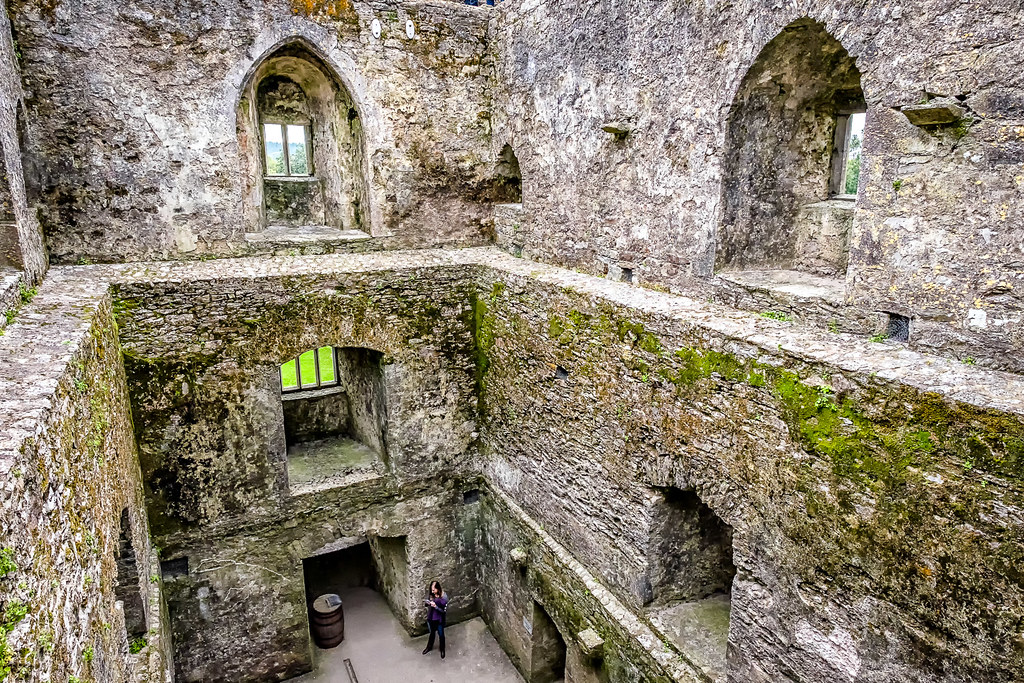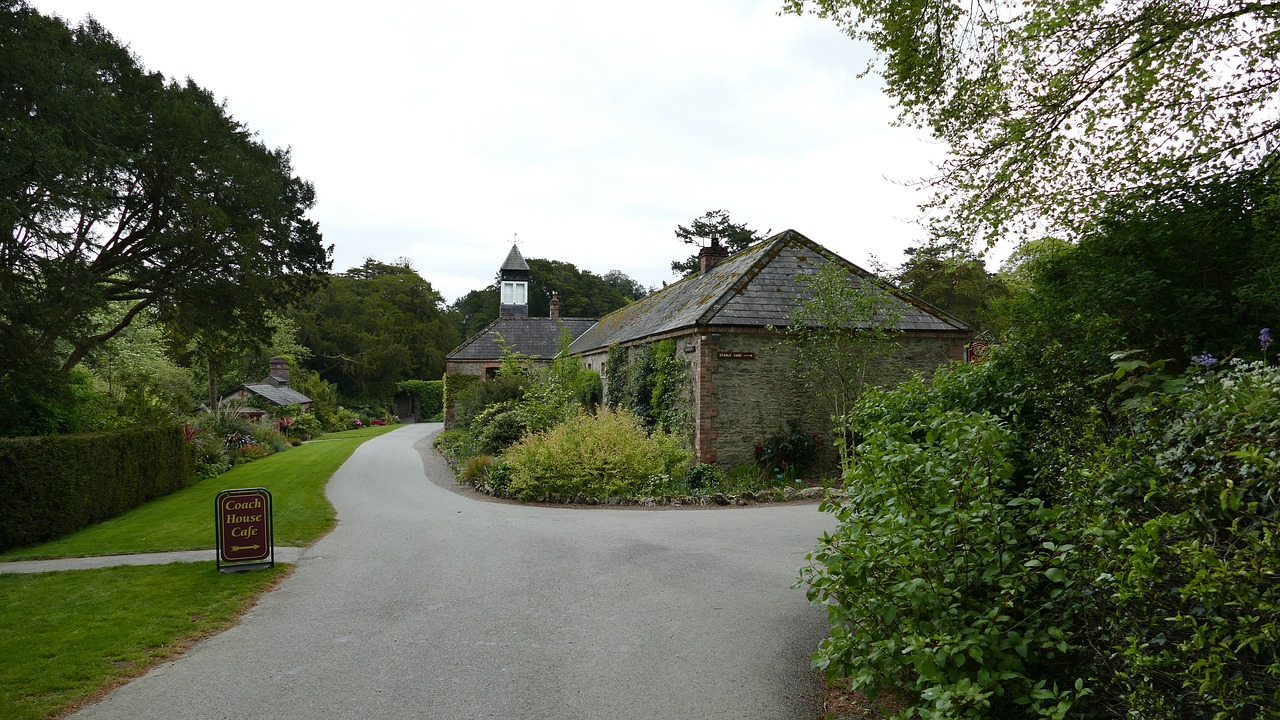 Photo permit included
Photo permit included
 Tour by public transport
Tour by public transport
 Canal Boat tour included
Canal Boat tour included
 Train tickets included
Train tickets included
 Suitable for little children
Suitable for little children
 Wheelchair accessible tour
Wheelchair accessible tour
 Museum ticket included
Museum ticket included
 Light snack included
Light snack included
 Lunch included
Lunch included
 Transportation included
Transportation included
 Walking Tour
Walking Tour
Cork is Ireland's third city after Dublin and Belfast, and has always been an important seaport. It began on an island in the swampy estuary of the River Lee and gradually climbed up the steep banks on either side. Today the river flows through Cork city in two main channels, so that you find yourself constantly crossing bridges.
What's included
- Air-conditioned transportation
- English speaking professional tour guide
- Entrance to Saint Finbarr’s Church
- Entrance to Blarney Castle
Highlights
Itinerary
10:00
We will start our tour with a panoramic drive to Cork and enjoy the stunning views of the Irish countryside while your professional English-speaking guide will give you a running commentary as you drive along.
We travel along Great Island, with its beautiful views of the banks of the famous River Lee along with little villages like Monkstown, Glenbrook and Passage West during this journey your guide will be explaining about the area, the culture and of course the history.
Historical sites are right on your way as you will pass by the 14th century Belvelly Castle, originally built by the Anglo-Norman Hodnett family in the 14th century, and the Martello Tower, a small defensive fort built during the Napoleonic War in the first decade of the 19th century.
We will then move on to Fota Island. Among its many features, this is a wildlife park, and the famous Fota House, home to the Smith-Barry family from the 18th century to the mid of 20th century; the championship Fota Island Golf Course where the Irish Open was played twice in the 1990s. This club also includes a golf academy and golfing lodges.
Leaving Fota Island, we will head towards Cork city, going through the northwest part of the port of Cork with its many inlets and waterways and bird-friendly mudflats.
Getting to Cork city, you’ll pass along the banks of the north channel of the River Lee and see some of the landmarks like Fr. Mathew Statue at the top of Patrick street the commercial heart of the city; St. Anne’s Church, Shandon (home of the world-famous Bells of Shandon); Cathedral of St. Mary and St. Anne; Cork Opera House and the red-bricked Crawford Art Gallery both in Emmet Place; St. Mary’s Church Pope’s Quay with its beautiful colonnades.
Then on crossing Christy Ring Bridge you’ll continue towards Blarney Castle, home of the world-famous Blarney Stone which legend says imparts the gift of eloquence and flattery to anyone who kisses it. We will stop here for approximately 1.5 hours before heading back to the port.
At Blarney Castle you will have approximately 90 minutes at your leisure, it is worth taking a walk around the beautiful gardens and grounds, and if you have time (and the queues are not too long) enter the castle to attempt to kiss the Blarney stone. Please note on busy days this is not possible, the castle also has a lot of narrow steps so this would not be suitable for those who suffer with walking disabilities or fear of heights because the Blarney stone is situated at the top of the castle).
There are also plenty of cafes, woolen mills, and souvenir shops at Blarney should you wish to do a little shopping before returning back to the coach for the return journey back to the port of Cobh.







